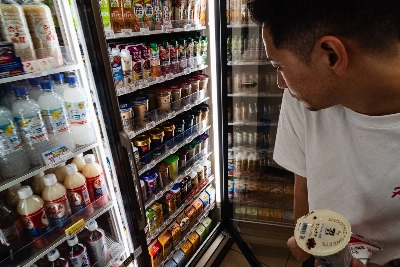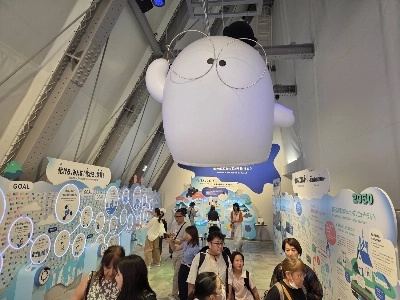Amid a decrease in births, the number of children on nursery waiting lists fell for the eighth straight year in Japan to mark a record low, the Children and Families Agency said Friday.
As of April 1, there were 2,254 children on the lists, down from 313 a year earlier.
The number of children waiting to join nurseries peaked in 2017 at 26,081.
The Tokyo metropolitan area and the Kinki region including Osaka have relatively large numbers of children on waiting lists.
One-year-olds and 2-year-olds accounted for 83.3% of the national total. The number of local governments without children on waiting lists was 1,530, making up 87.9% of the total.
By municipality, Otsu, Shiga Prefecture, had the biggest number of children waiting to join nurseries at 132, followed by Nishinomiya, Hyogo Prefecture, at 76 and Kashihara, Nara Prefecture, at 68. All three are in the Kinki region.
As reasons for failing to eliminate the waiting lists, some municipalities cited difficulty securing nursery workers, while others reported a bigger-than-expected increase in applicants.
Nurseries, nintei kodomoen certified nursery-kindergarten hybrids and similar facilities across Japan were capable of accommodating 3,029,282 children as of April 1, while 2,678,417 children were actually using nurseries.
The national average of capacity utilization rates stood at 88.4%. Sparsely populated areas showed lower rates than urban areas.
Total nursery capacity, including facilities set up by companies mainly for their employees, stood at 3,204,000, down by 15,000, while the number of applicants stood at 2,765,000.
Asked what to do with nursery capacity amid decreasing populations, 37.7% of local governments said they are not considering taking any specific action. How to consolidate existing facilities and reduce nursery capacity is expected to emerge as a major problem in the future.

















With your current subscription plan you can comment on stories. However, before writing your first comment, please create a display name in the Profile section of your subscriber account page.